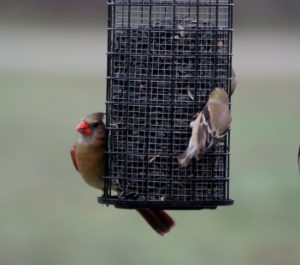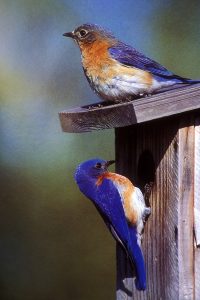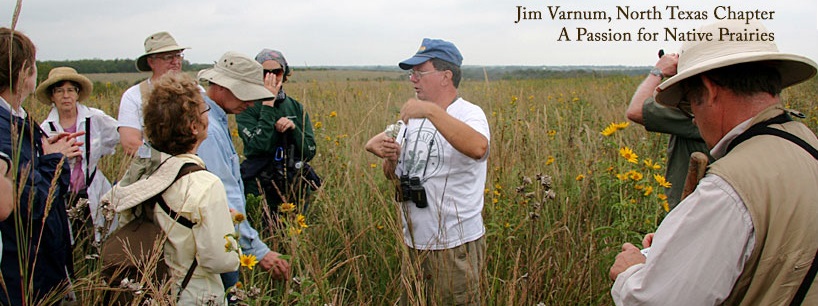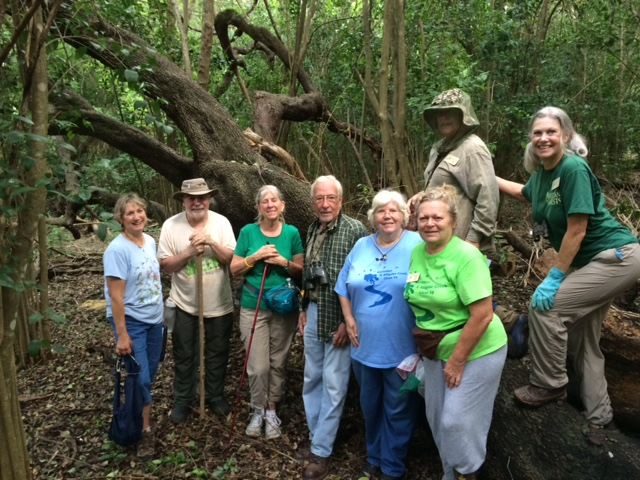Making Backyard Birds Count
Wednesday, February 6th, 2019This is Passport to Texas
The Great Backyard Bird Count provides citizens a chance to collect data to help researchers understand birds.
You’re basically counting all the birds you see at that spot on the planet; and the best part is it’s in your backyard. You’re starting to really pay attention to what birds are there in the wintertime. And, it’s just a lot of fun – it’s a learning experience for everybody.
Texas Parks and Wildlife ornithologist, Cliff Shackelford, says the count, February 15 through 18, is like a snapshot of bird life.
You’re counting both the number of species and the number of individuals per species. So, you’re getting two different numbers. Both kinds of information are very valuable.
Register at birdcount.org or ebird.org. It’s free. Cliff suggests doing your “homework” before getting started.
Crack your field guide open and start learning what species are even possible for your area – which ones would be in big numbers and which ones might be something rarer that you would want to get a photograph of. So, if you had, say, a Rufus hummingbird in February that might be something you might want to get a picture of just in case.
When you participate in the Great Backyard Bird Count, you help expand the knowledge base of the fascinating world of birds.
Our show receives support in part from RAM Trucks: built to serve.
For Texas Parks and Wildlife…I’m Cecilia Nasti.







 Passport to Texas is a
Passport to Texas is a  Passport to Texas is made available by:
Passport to Texas is made available by: